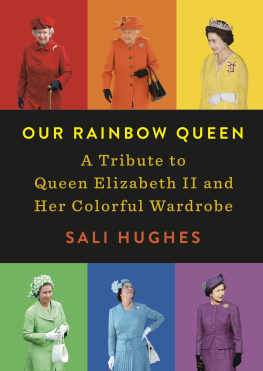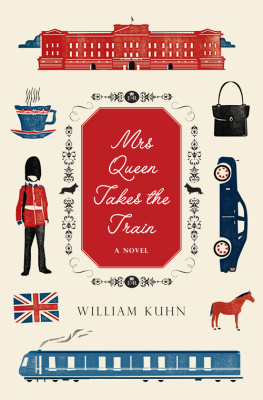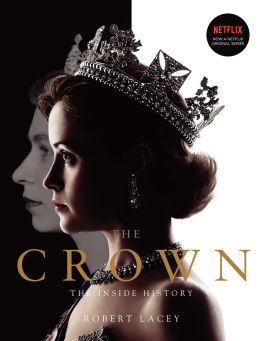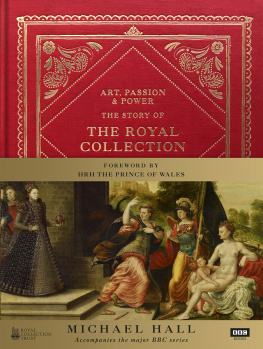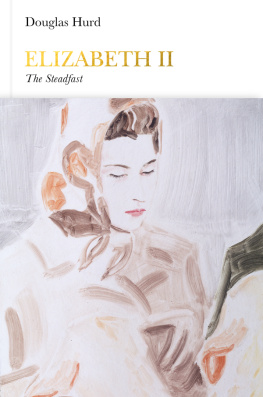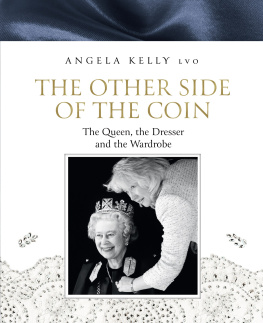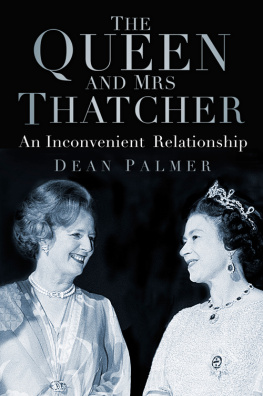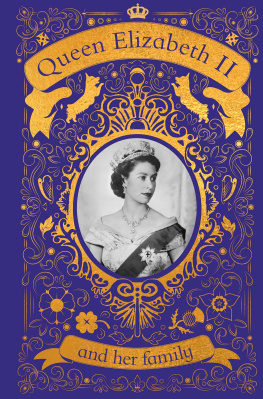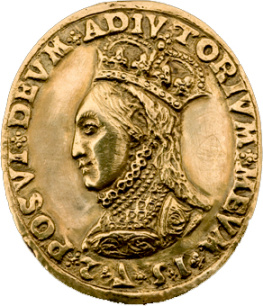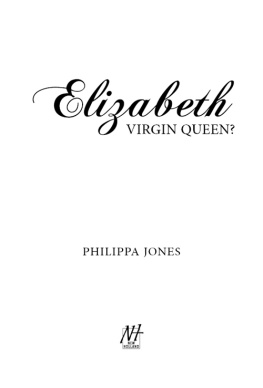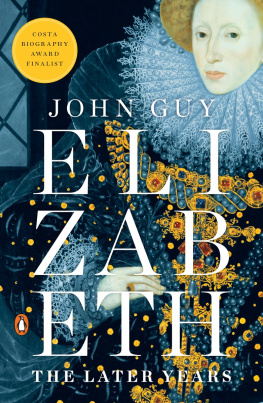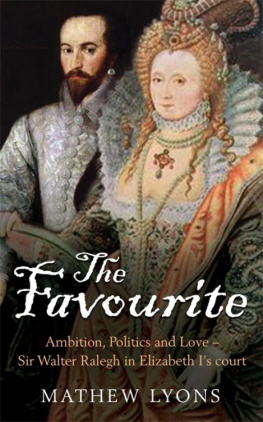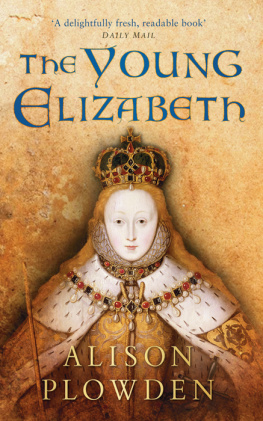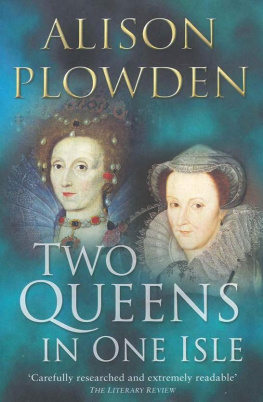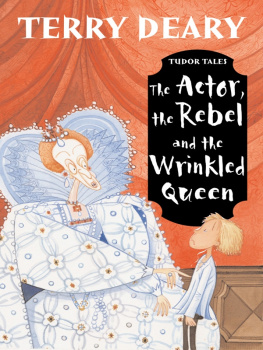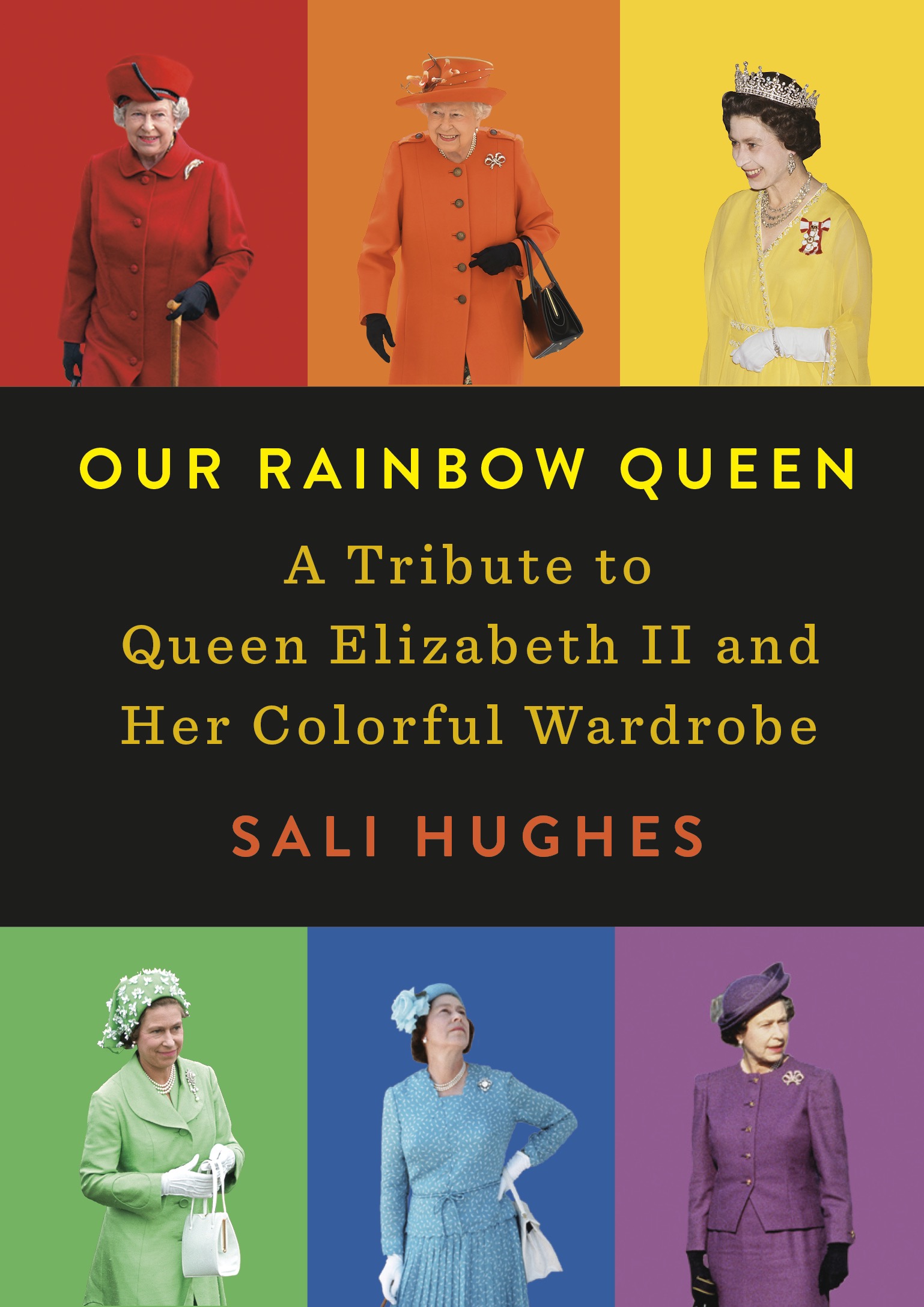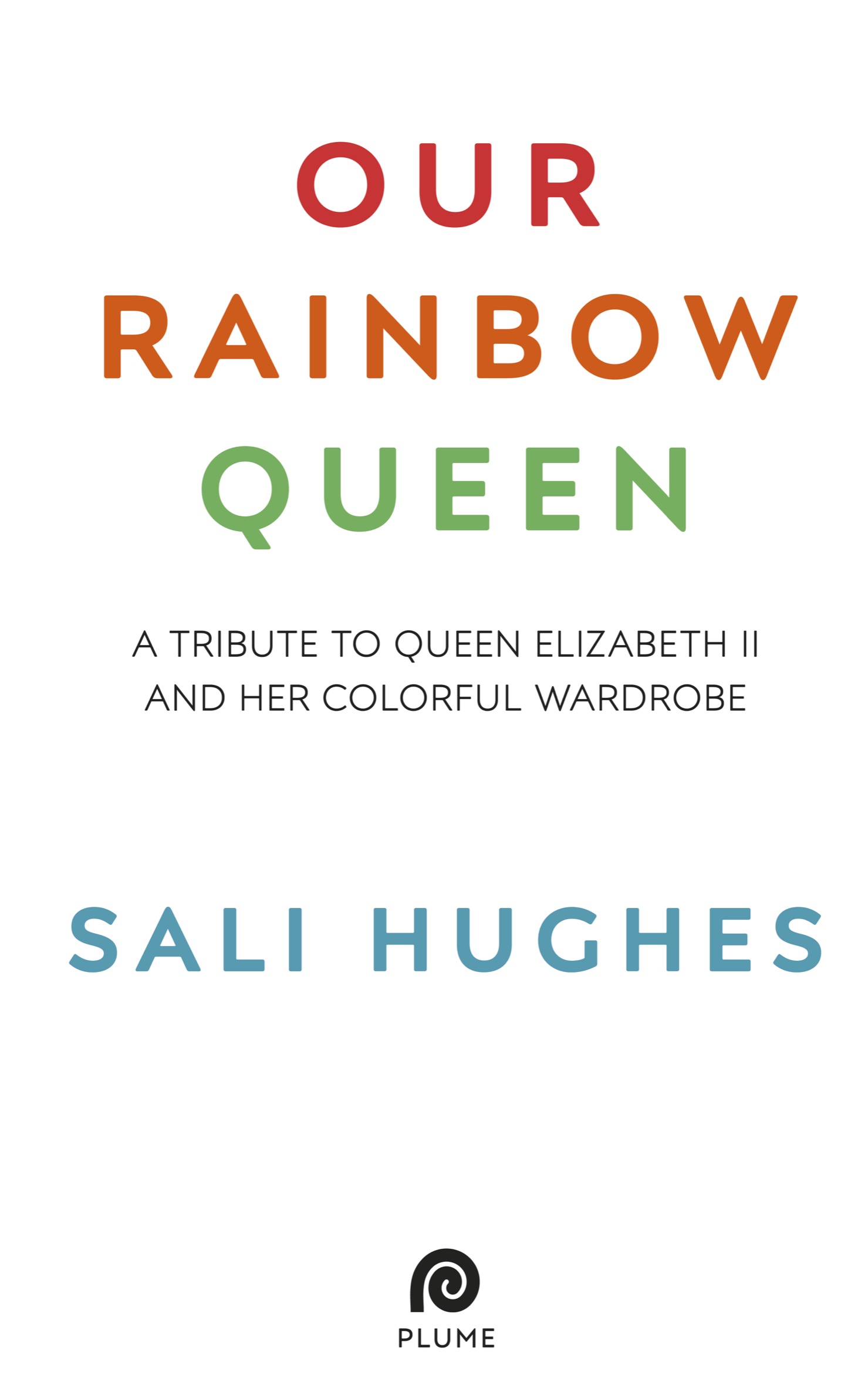
PLUME
An imprint of Penguin Random House LLC
penguinrandomhouse.com

Copyright 2019 by Sali Hughes
Originally published by Square Peg, 2019
First American edition published by Plume, 2019
Penguin supports copyright. Copyright fuels creativity, encourages diverse voices, promotes free speech, and creates a vibrant culture. Thank you for buying an authorized edition of this book and for complying with copyright laws by not reproducing, scanning, or distributing any part of it in any form without permission. You are supporting writers and allowing Penguin to continue to publish books for every reader.
Sali Hughes has asserted her right to be identified as the author of this Work in accordance with the Copyright, Designs and Patents Act 1988
Plume is a registered trademark and its colophon is a trademark of Penguin Random House LLC.
Ebook ISBN 9780593086261
Version_1
For Nicola Ridings Watson
INTRODUCTION
My earliest memory is of sitting in a high chair in the street, semi-stuck to its plastic seat by the rubber pants over my terry-cotton nappy, surrounded by grown-ups and children in paper crowns, while I was fed some unidentifiable goo on a plastic spoon. I didnt realise until later that I, along with the rest of my South Wales Valleys community, and the whole of Britain, had been celebrating Queen Elizabeth IIs Silver Jubilee.
The next time I saw the Queen, I knew it. I was six years old and at another street party, this time in Yorkshire, wearing a home-made bonnet made from a disposable buffet plate and red, white and blue crpe paper, watching the wedding of Prince Charles and Lady Diana Spencer on a television wheeled on an extension lead into a relatives back garden. As the carriages arrived and commentators speculated impatiently on the brides frock (massive, creased, fairy tale but quite brilliantly of its time), I couldnt take my eyes off the middle-aged monarch in turquoise pleats and a floral hat even my own nan might consider a bit old. As she travelled along the Mall, making a gesture I didnt recognise as a wave, I thought her marvellous, hypnotic, enchanting. And so rather improbably for the daughter of committed republicans whod frankly attended street parties only for the booze began my lifelong obsession with the Queen. These two vivid memories always strike me as odd because, like my parents, I am neither a royalist nor even, in all honesty, much of a patriot.
Its one thing to spend each weekend sitting with your grandmother reading Ladybird books on the royal family, holding up a viewfinder to the window and clicking through scratchy photographs of the Queens royal tours, and charting your favourites according to the frock and hat in each, but quite another to be a politically left-leaning adult who can see no compelling argument for the existence of a monarchy (but at the same time, be unmoved by republicanism as a cause, and be in an almost permanent state of fury at our elected representatives) who still absolutely and unapologetically loves our unelected head of state.
Its perhaps more baffling still as to how someone like me, whos made a career from a love and knowledge of fashion, beauty and style, would not count Princesses Margaret or Diana, Duchesses Catherine or Meghan, as her role models, but the royal family member least celebrated for her sense of style: its head. Prim twinsets and matronly kilts, mother-of-the-bride-style duster coats, practical wellies with waxed jacket and headscarf, impeccable military uniform, sensible block heels and the same black handbag with everything high fashion items, these are not.
By contrasting example, the late Princess Margaret, a royal without portfolio, was often the main attraction, and delighted in high fashion and statement clothing in a way her sister, even if naturally so inclined, could not. Her destiny altered profoundly with the abdication of her uncle, her young life made earnest, focused, dutiful and no doubt less fun, Elizabeth could not, as her sibling did, be seen to take a private plane to Paris purely in order to try on Christian Diors New Look. She couldnt wear skirts above the knee, necklines that plunged, spend conspicuously large amounts of taxpayers cash on up-to-date fashions. Instead, the Queen while certainly in possession of a wardrobe of high luxury and priceless value, at least had to give the appearance of relative restraint, empathy for her subjects, modesty and common sense, and she has adhered to the same principles throughout her reign. Outfits the dates of their appearances logged onto a spreadsheet to space evenly over time are worn repeatedly. Hats are worn at least ten times in public before being retired. Shoes are continually re-heeled until no longer fit for purpose. Favourite countrywear and riding gear is worn for decades, their free replacement refused. Even the Queens own wedding dress was bought using ration coupons, and when her chosen design exceeded her fabric quota, brides-to-be all over the country sent her their spares (she returned them all on the basis that transferring ration coupons was not strictly legal).
But the Queen is driven by duty, and this in turn guides her wardrobe choices as it does every other decision. She wears bright colours because she believes its her duty to be seen by the people whove waited, wet and cold, behind barriers for hours at a time. She prefers three-quarter-length sleeves because she believes it is her duty to wave at well-wishers for several hours unimpeded. At international events, she chooses colours that imply no allegiance to a single flag, because she believes it is her duty to be neutral and respectful to all nations. She wears a single corrective shoulder pad because she believes the monarch should stand straight before her subjects. Everything must be hemmed with curtain weights to avoid the vulgarity and humiliation of what we now refer to as up-skirting. Clothing is not simply for Elizabeth II herself, but for the monarchy, and it must uphold its highest standards. The Queens job is to be smaller than the throne and she has always understood this perfectly.
The Queens most faithful suppliers are rewarded. Royal warrants are key for designers, retailers and other fashion and beauty houses, who can apply for an entitlement to display the royal arms on their shopfronts, websites and marketing materials only when they have supplied the royal household (specifically the Queen, Duke of Edinburgh or Prince of Wales) with goods or services for at least five years out of the last seven, including during the last 12 months. The warrants, renewed or expired every five years, are currently held by some 800 businesses across trade and industry, many of them in fashion, from Cornelia James, which provides the white cotton day gloves and nylon evening gloves the Queen changes several times a day when on duty, to the brilliantly named Corgi Socks, who, alas, do not supply hosiery for Vulcan and Candy, Her Majestys two remaining dogs. In beauty, Yardley, Floris, Clarins, Elizabeth Arden and Molton Brown all get the royal seal of approval for their perfumes, skincare, cosmetics and toiletries, while Launer (the makers of some 200 of the Queens handbags) has proudly held its warrant for over five decades.

